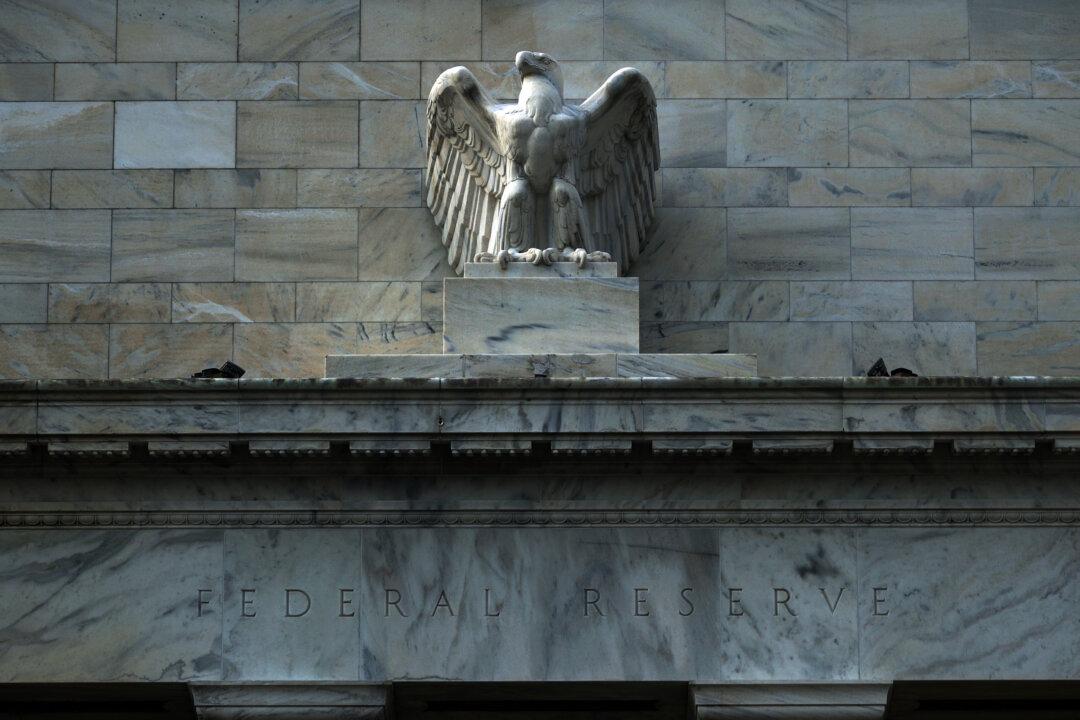Commentary
The disastrous era of negative rates may be ending, but it isn’t over. Imposing negative nominal and real rates is a colossal error that has only encouraged excessive indebtedness and the zombification of the economy. However, nominal rates may be rising but real rates remain deeply negative. In other words, rates are still exceptionally low for the level of inflation we have.





